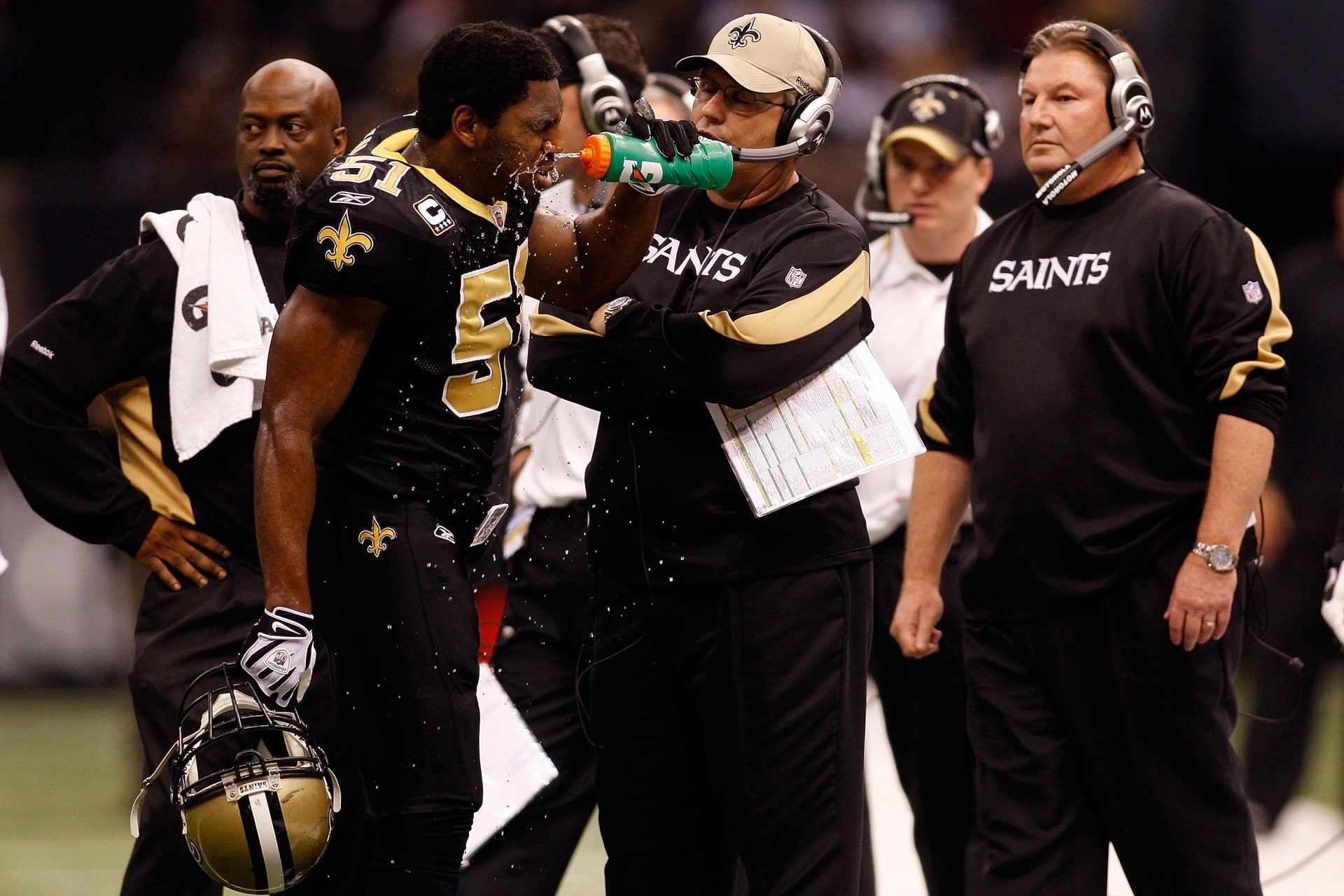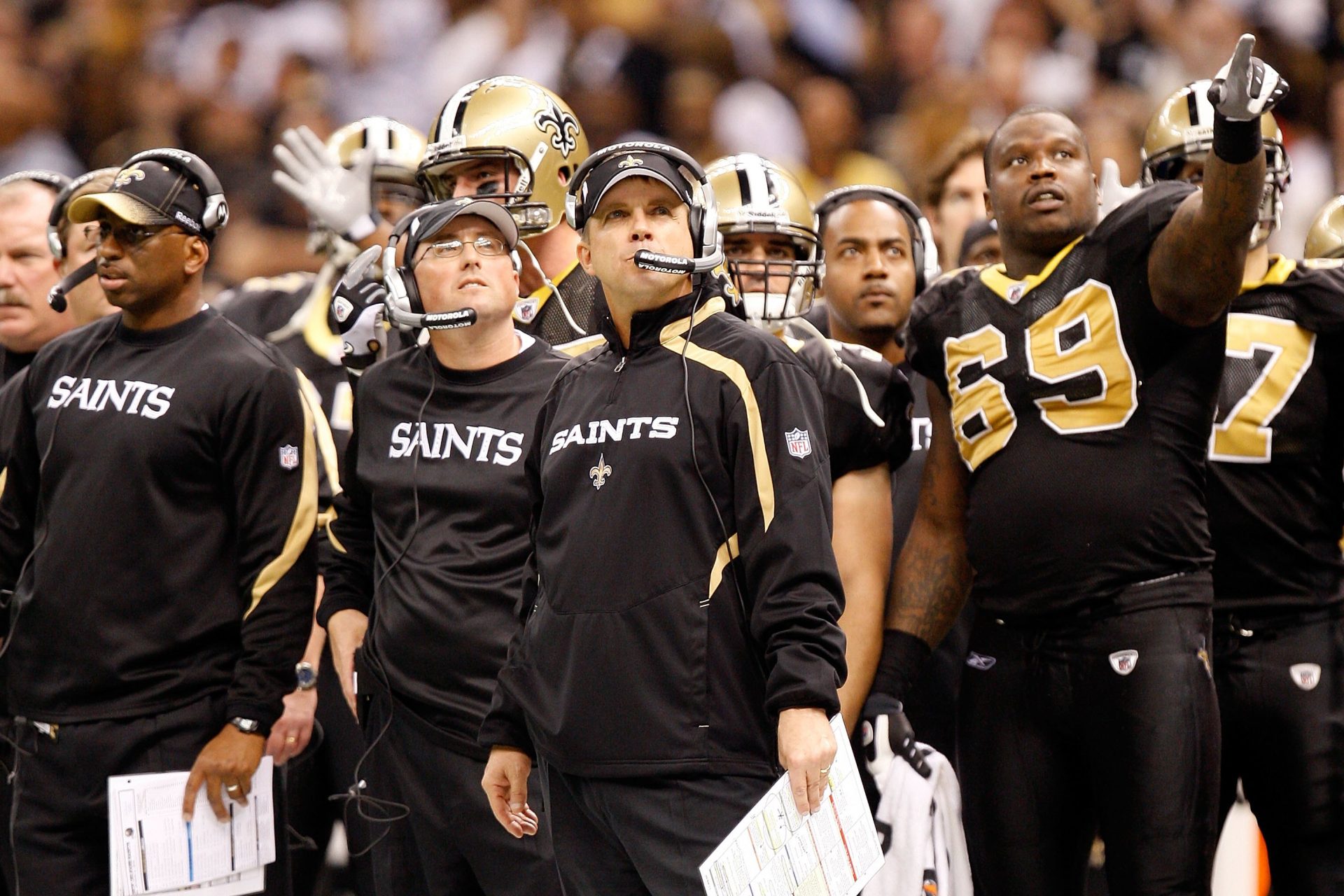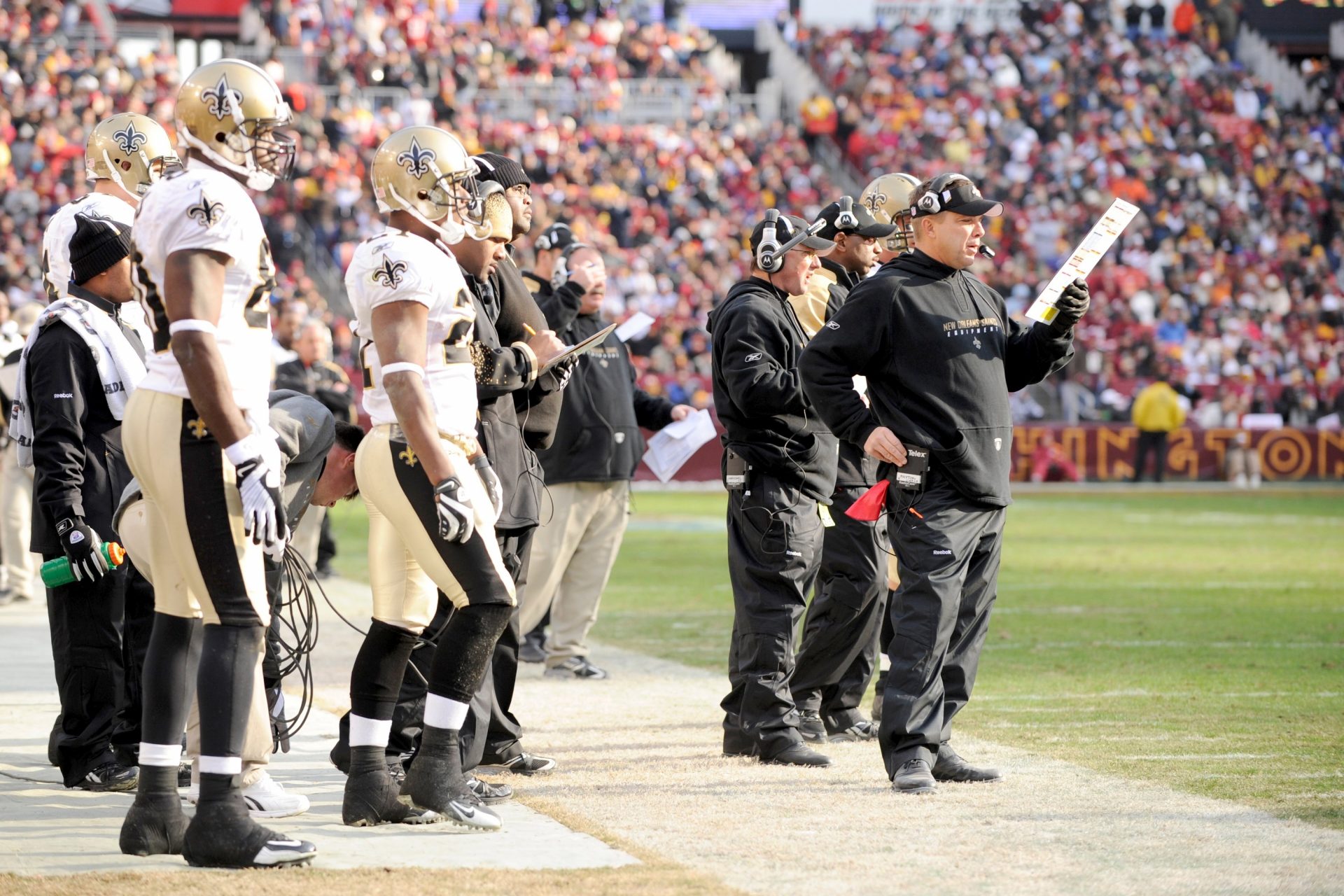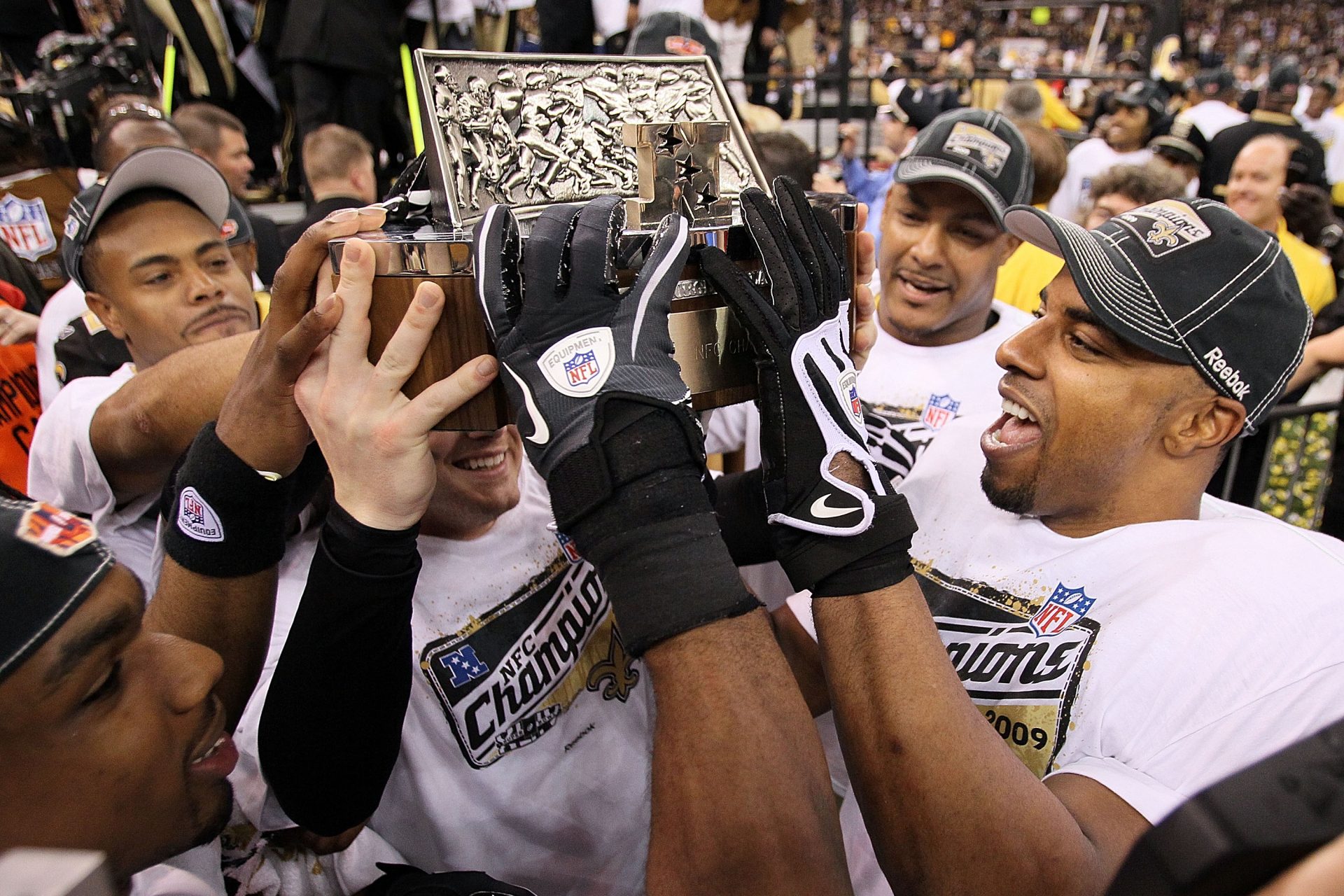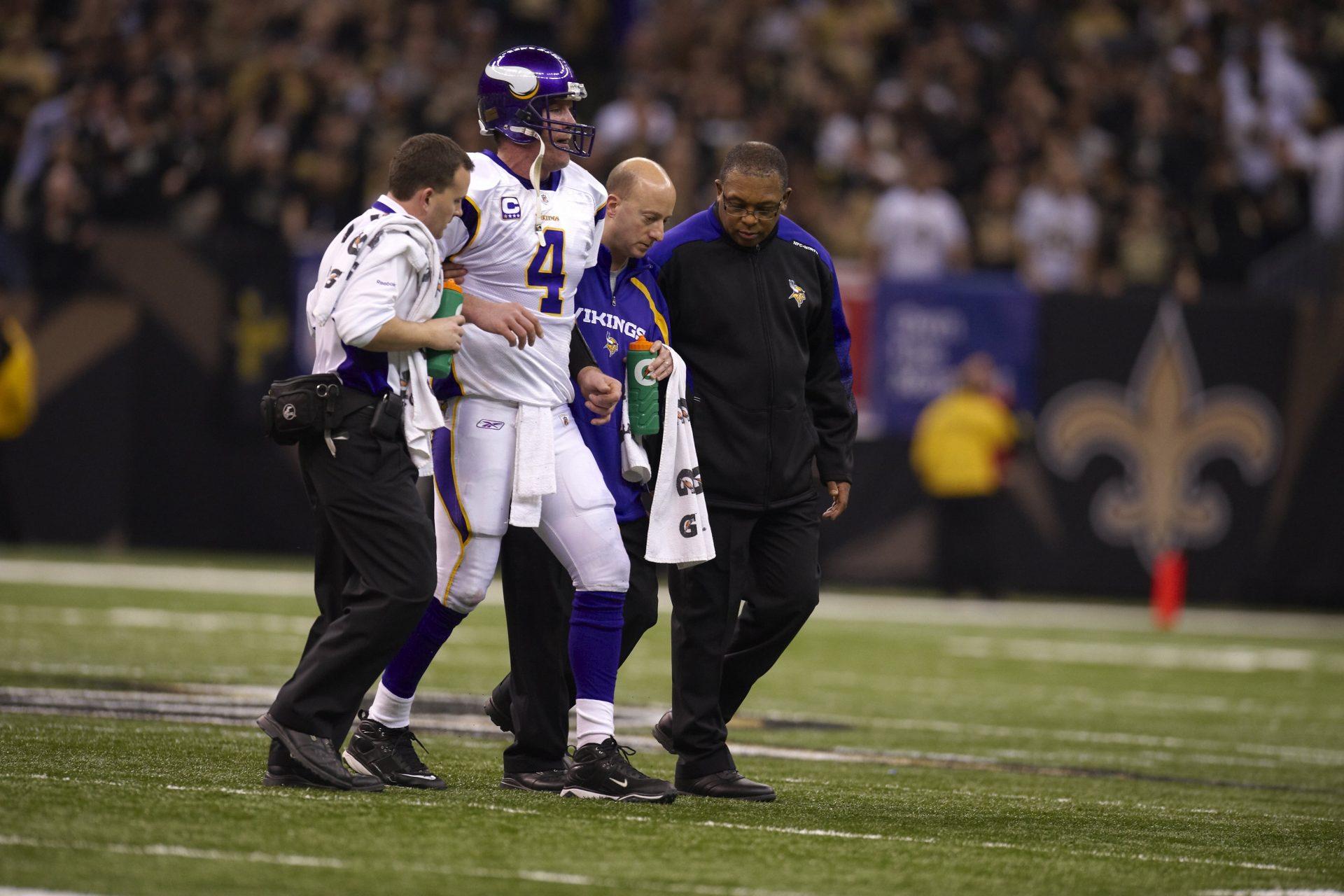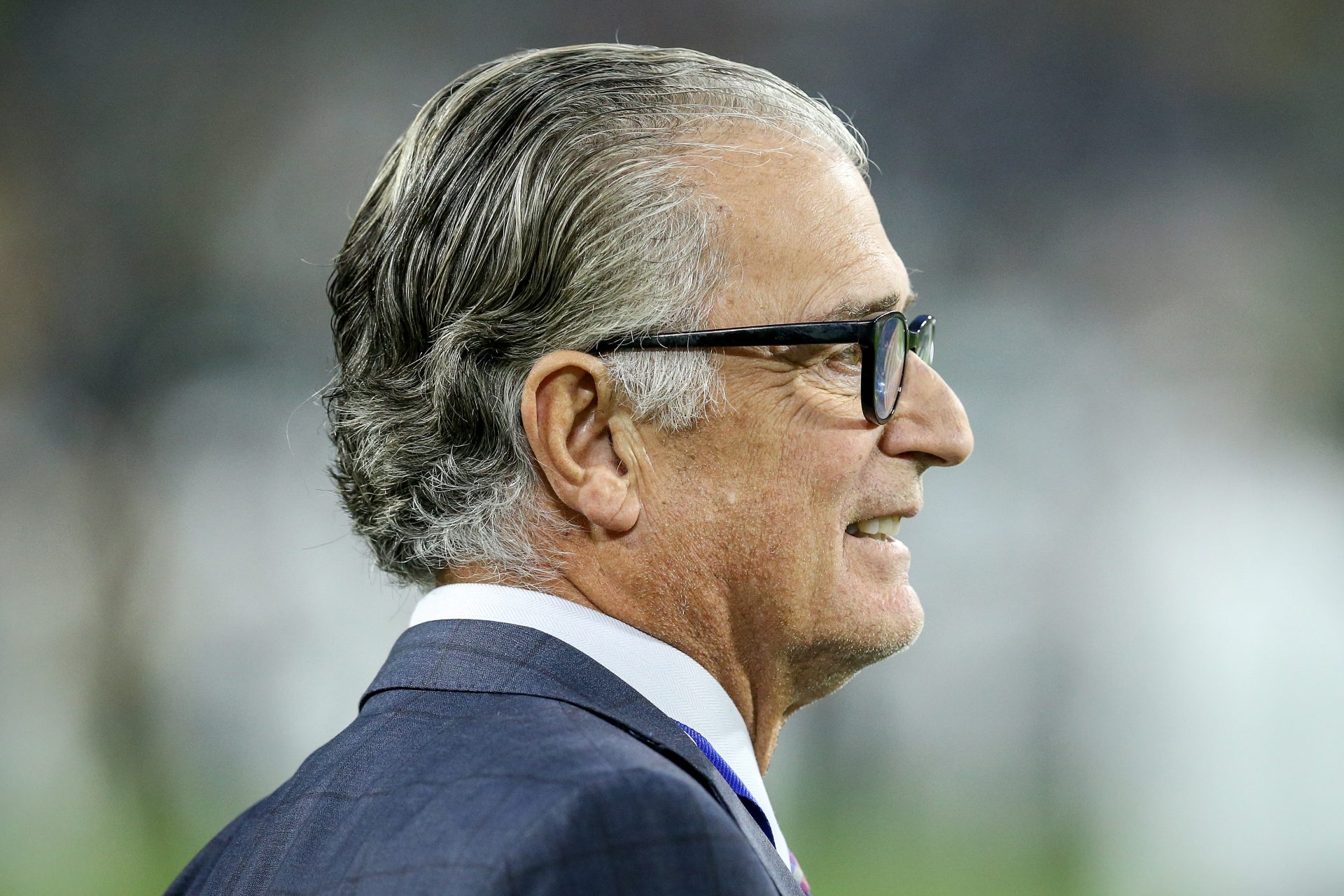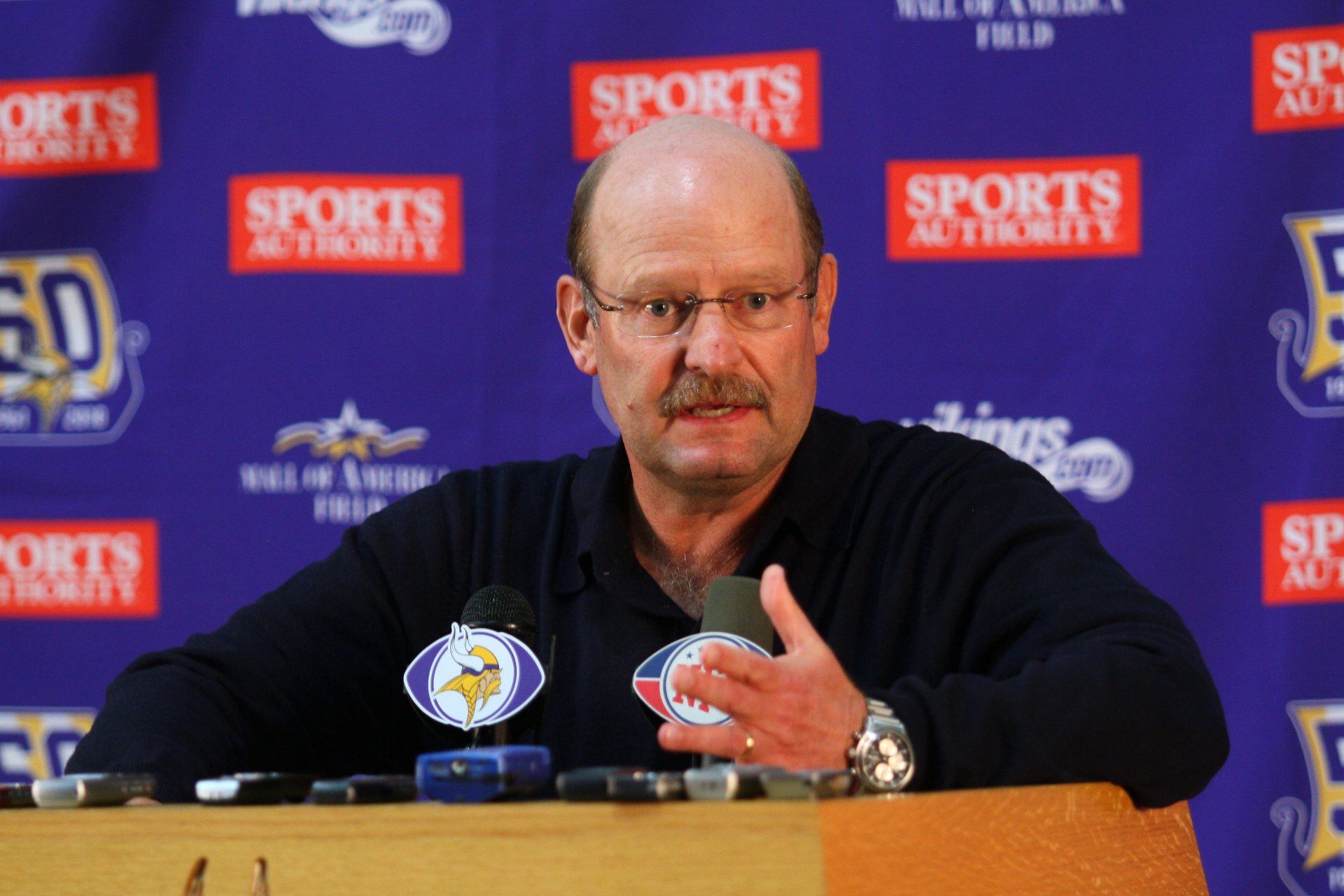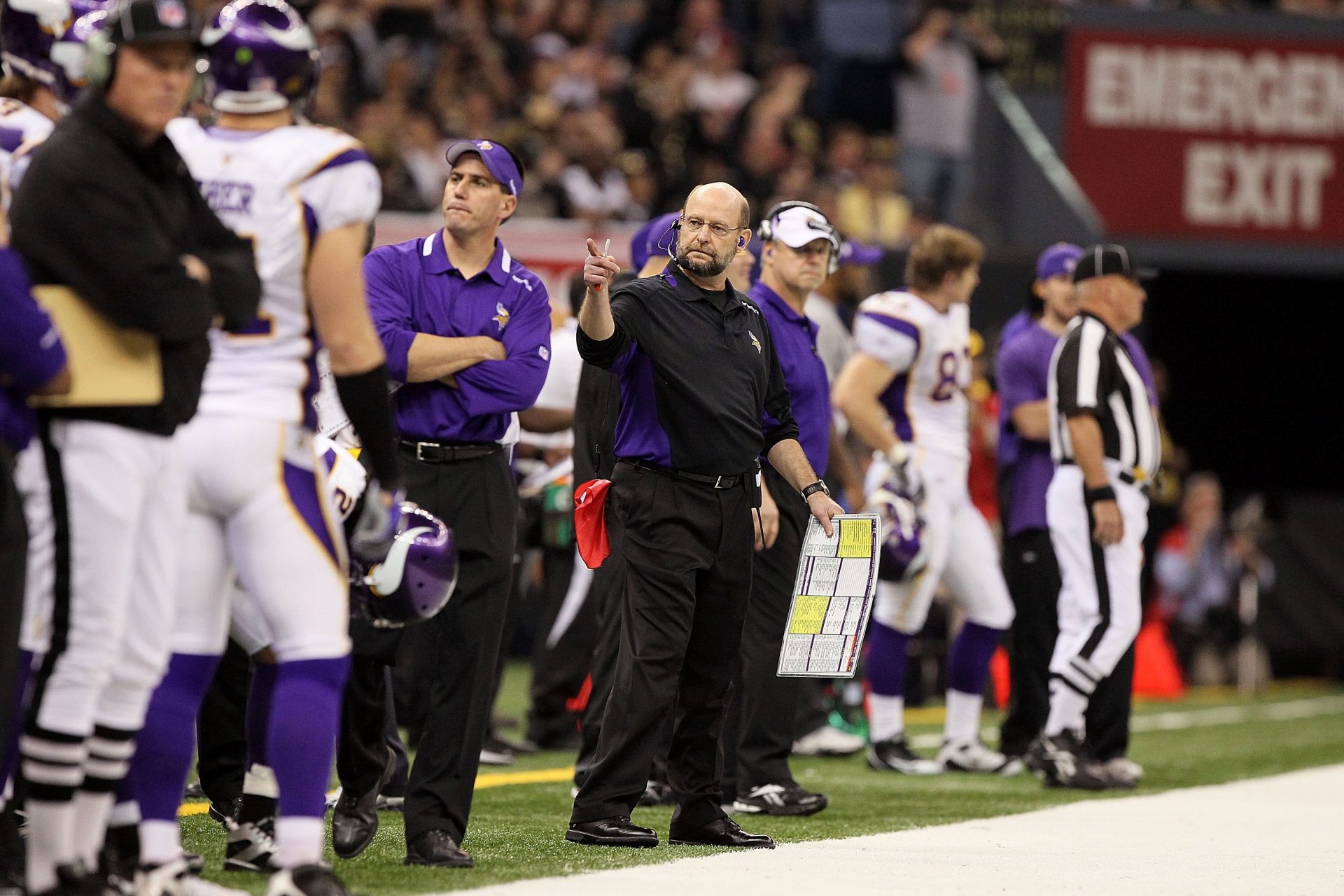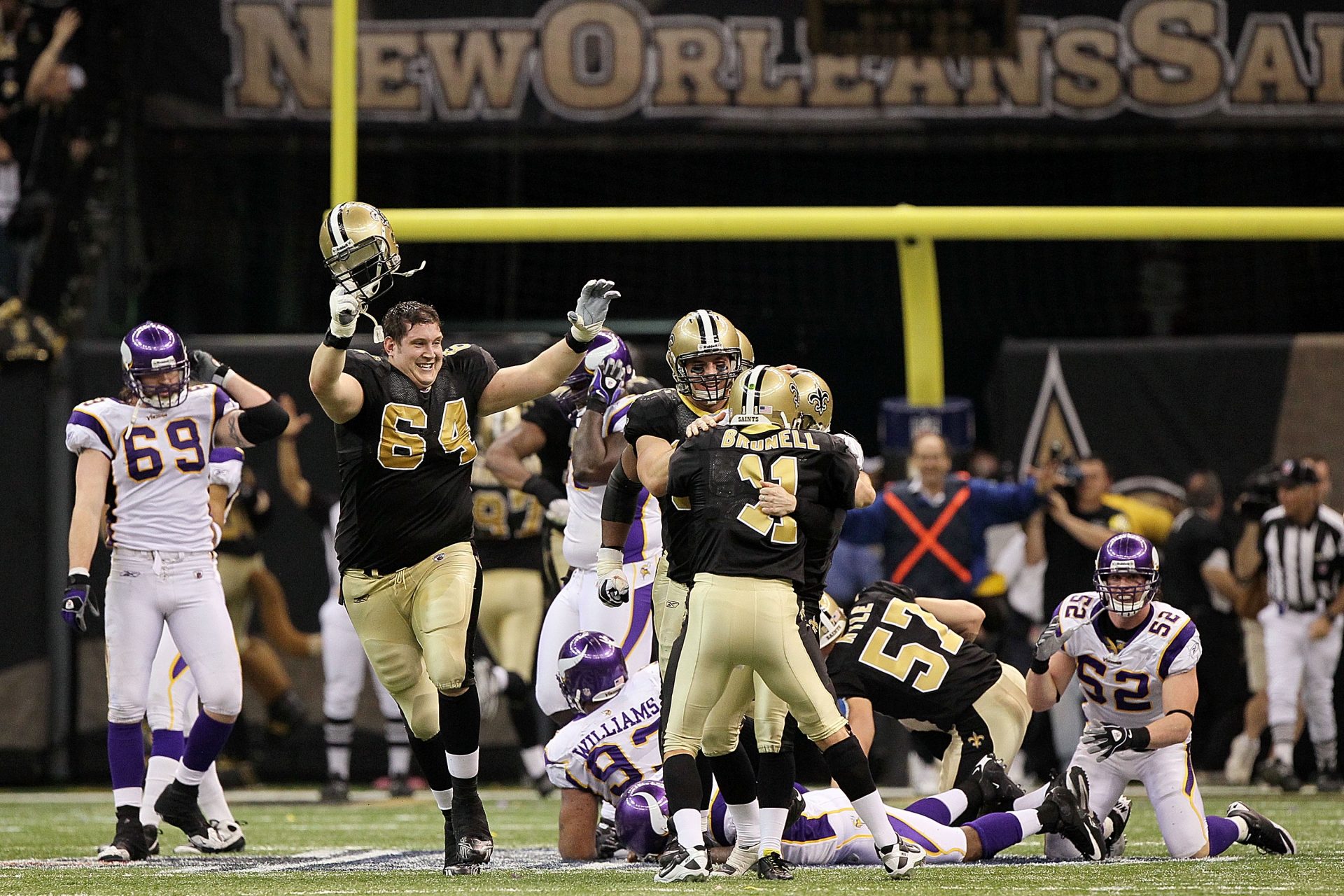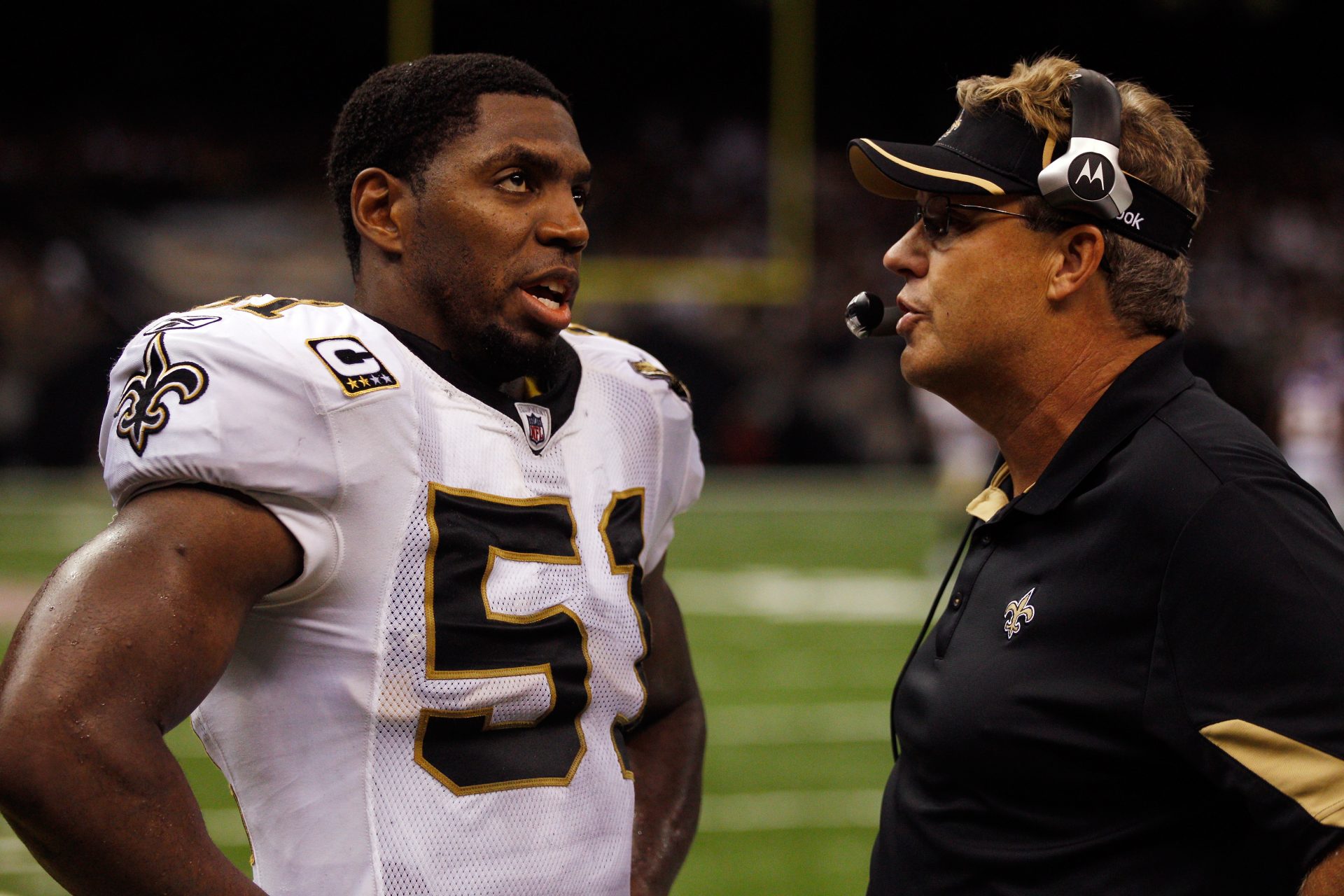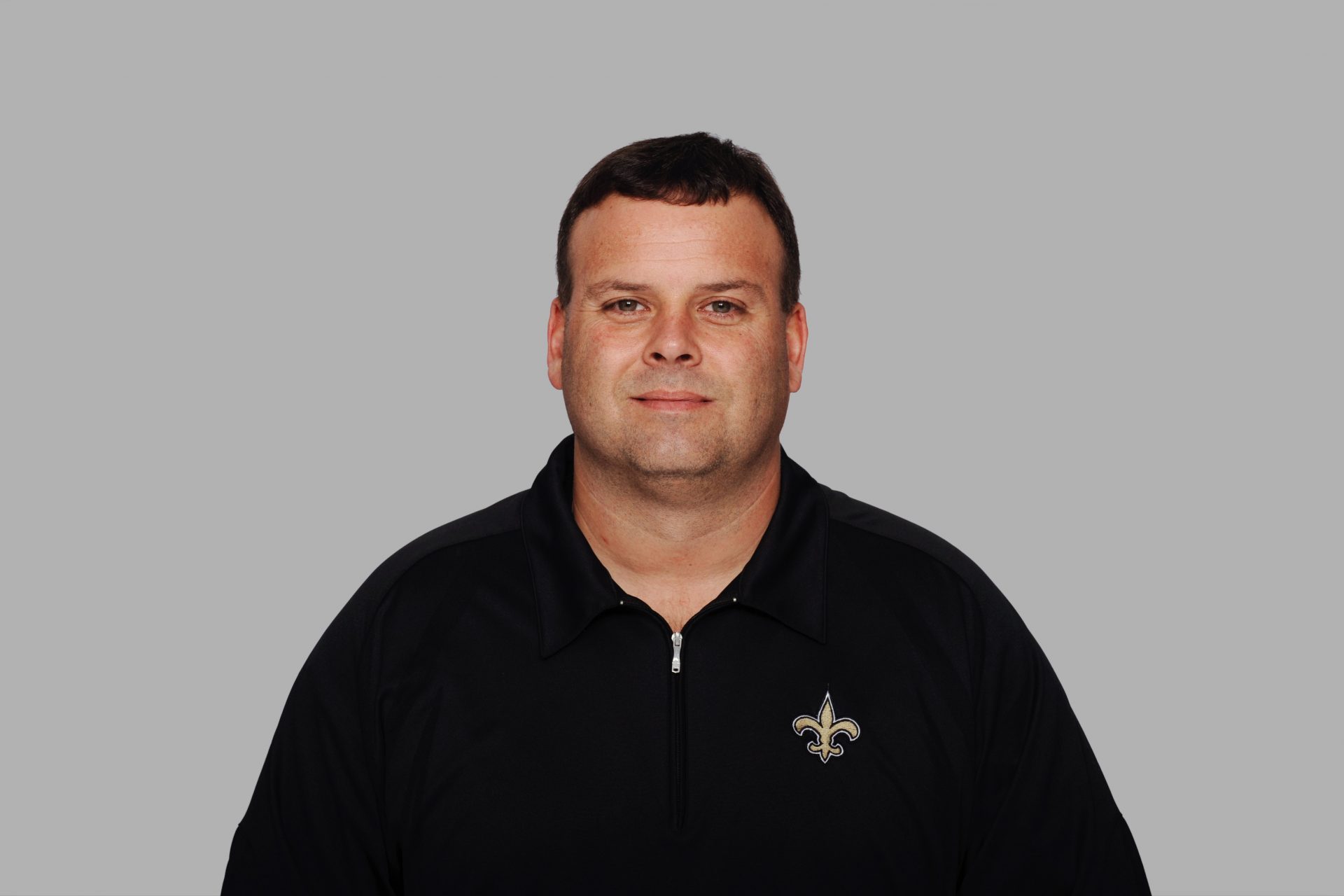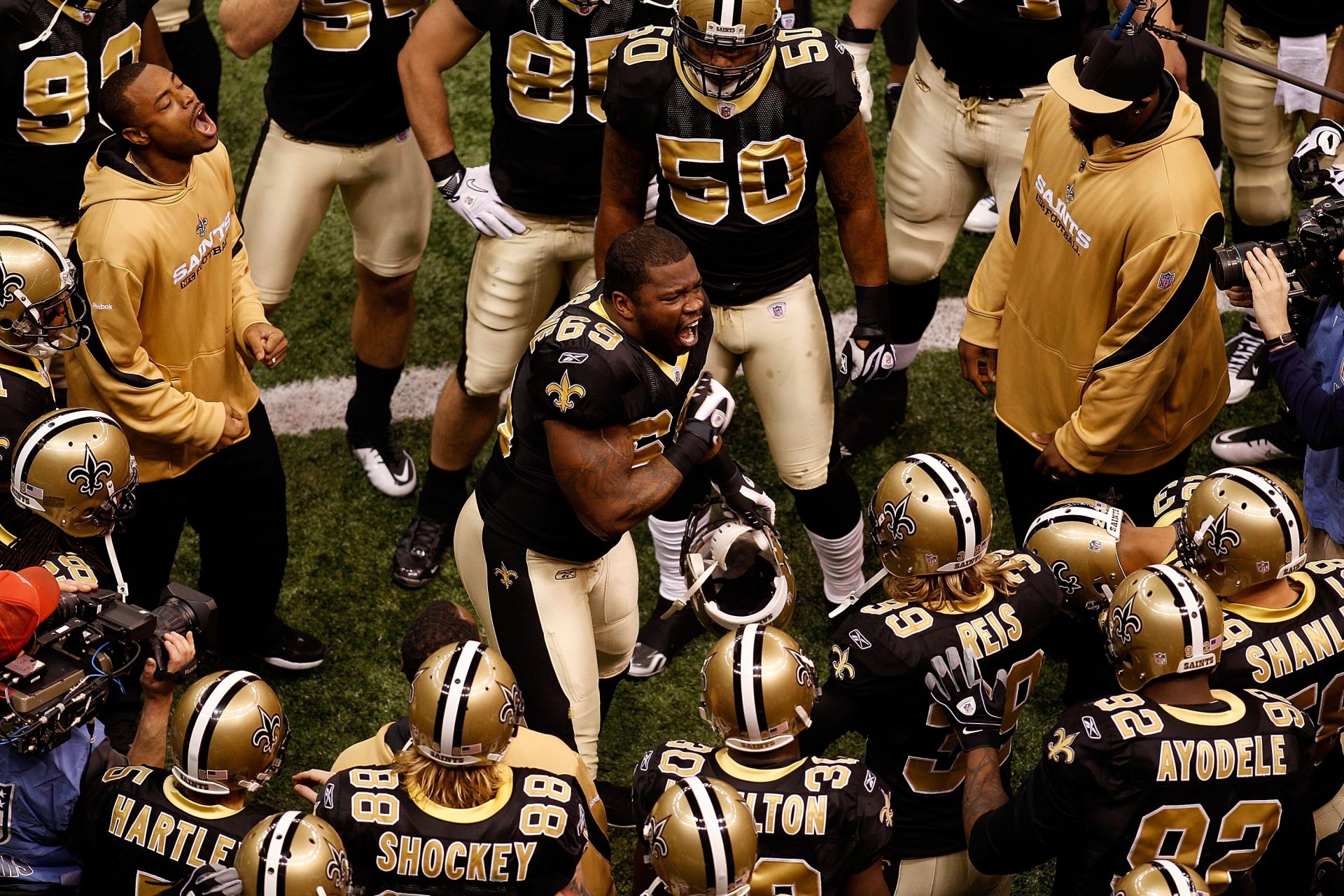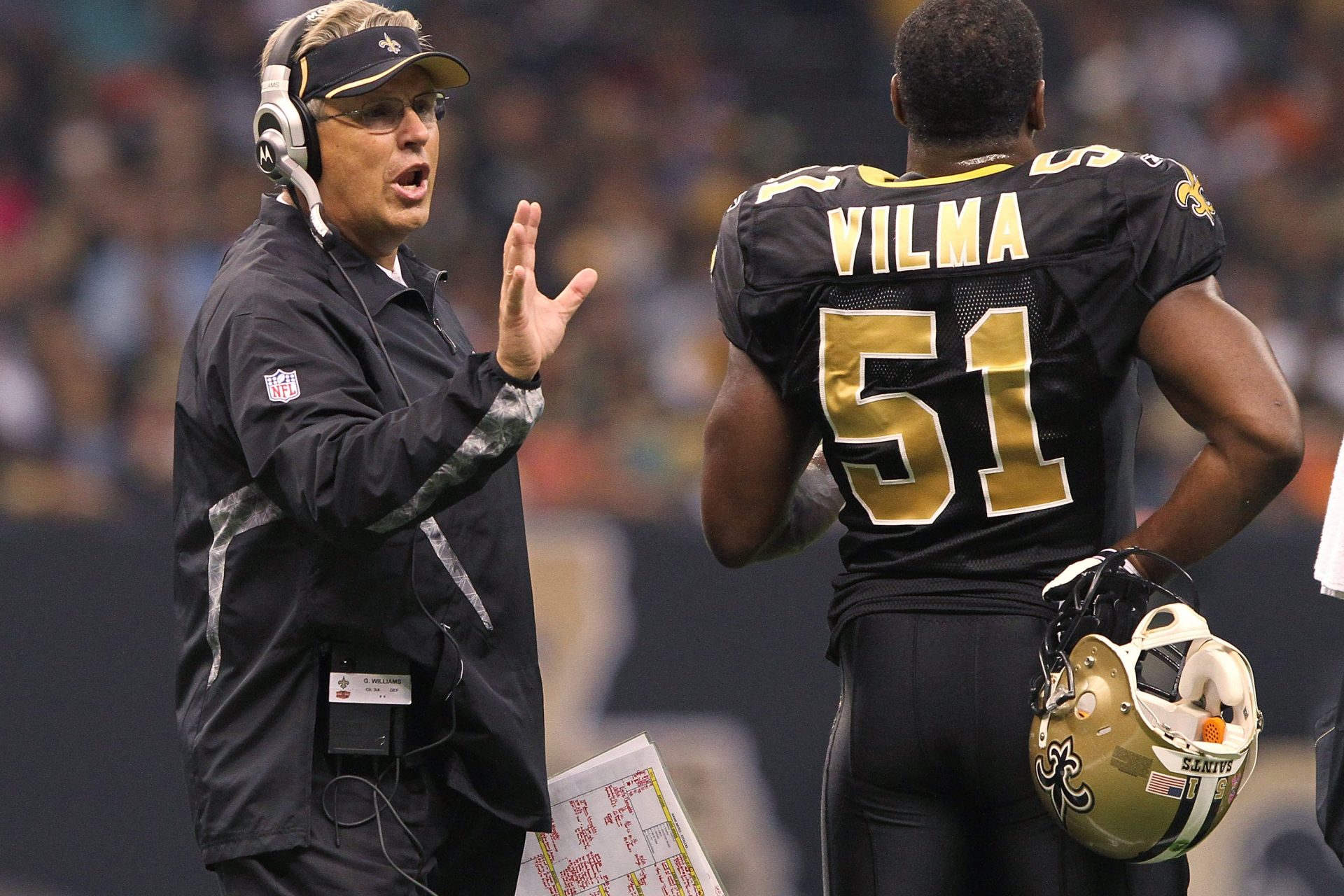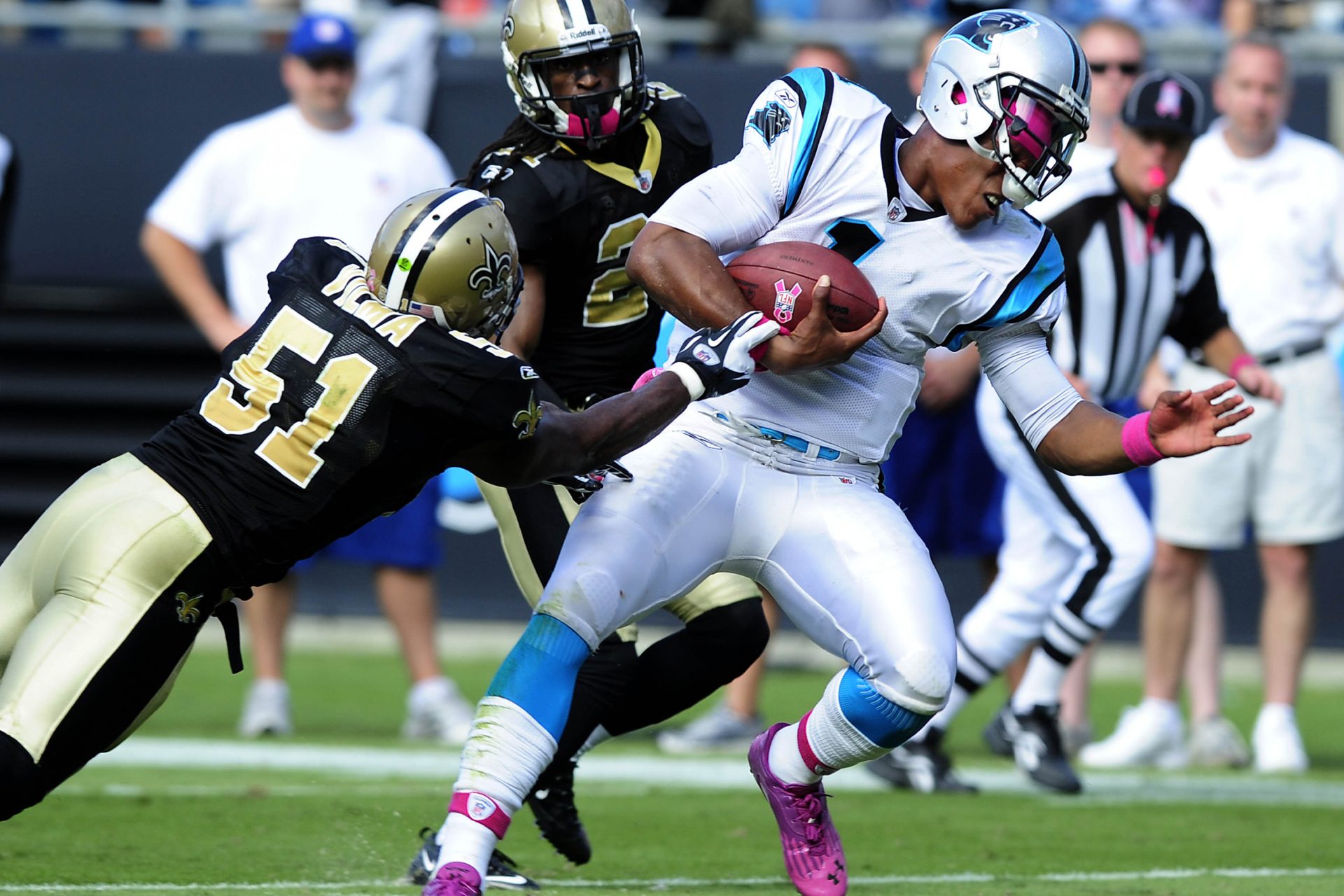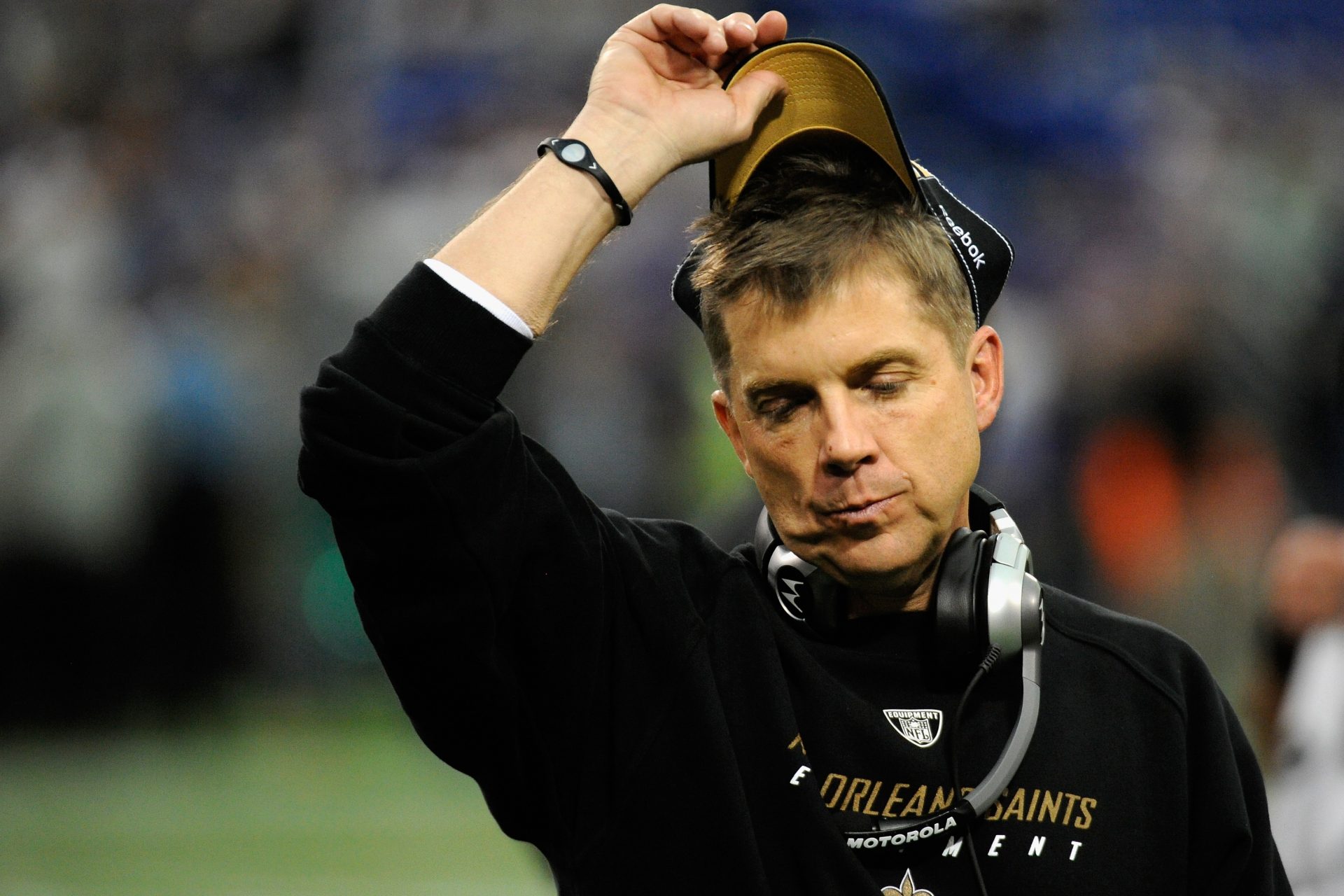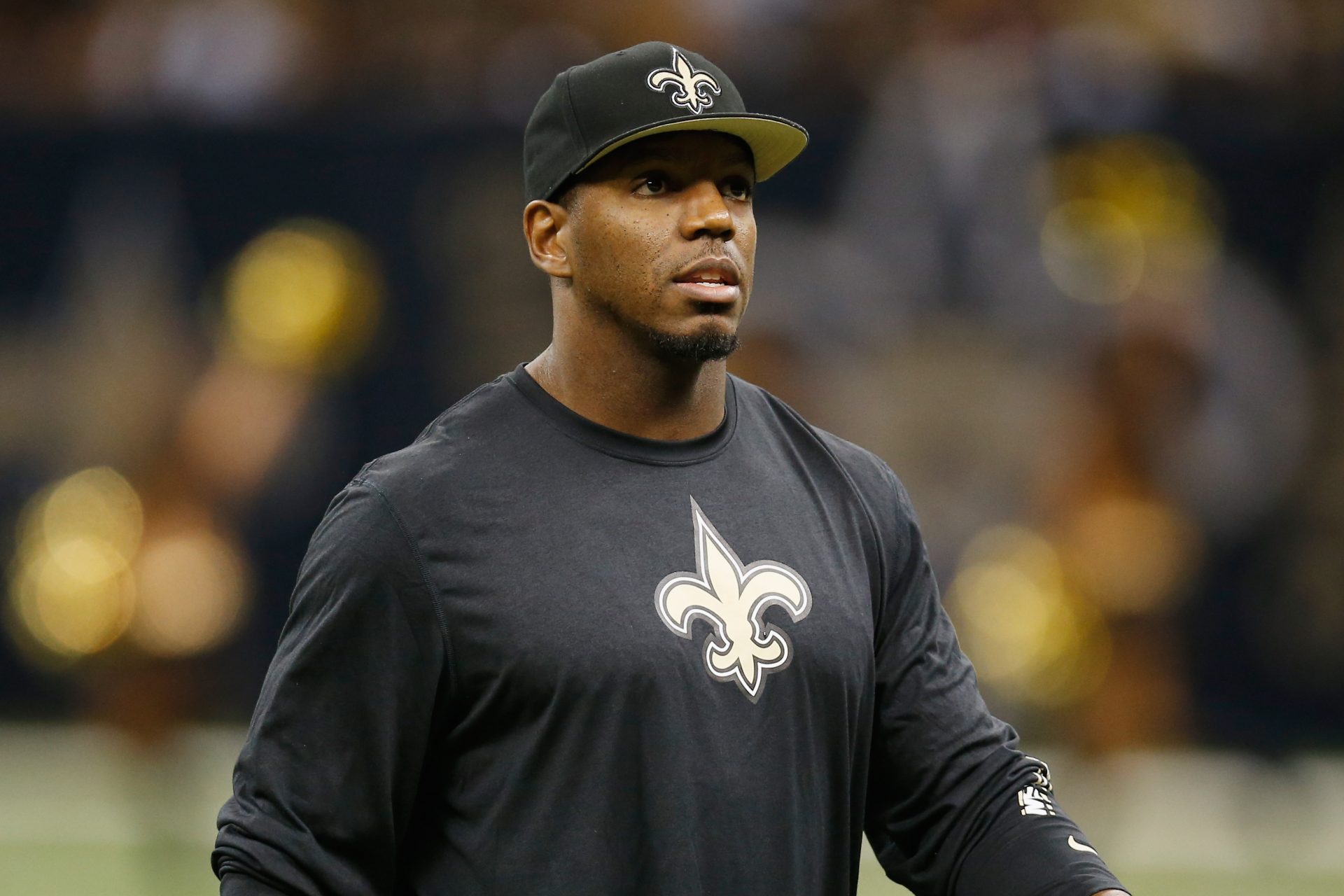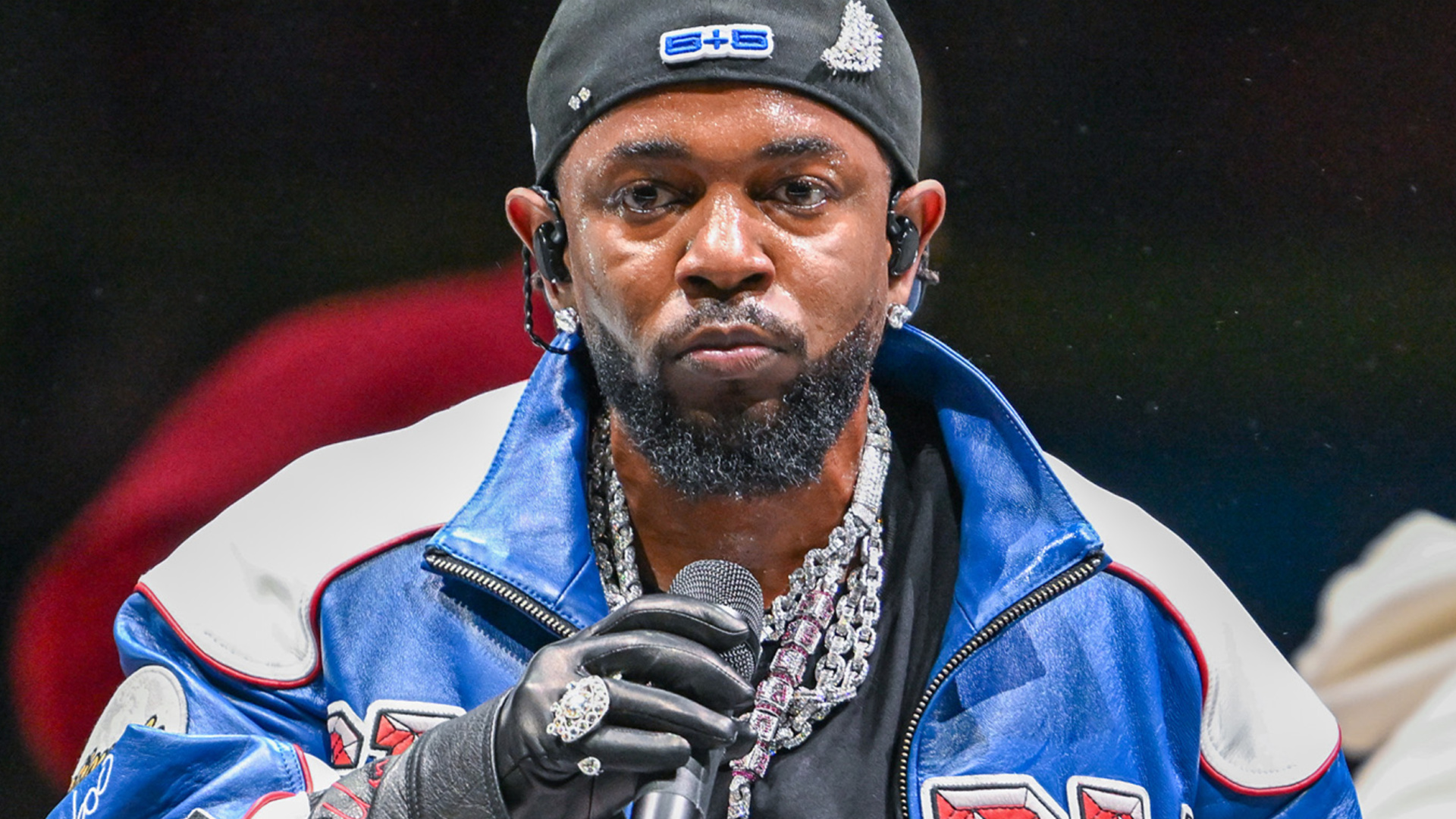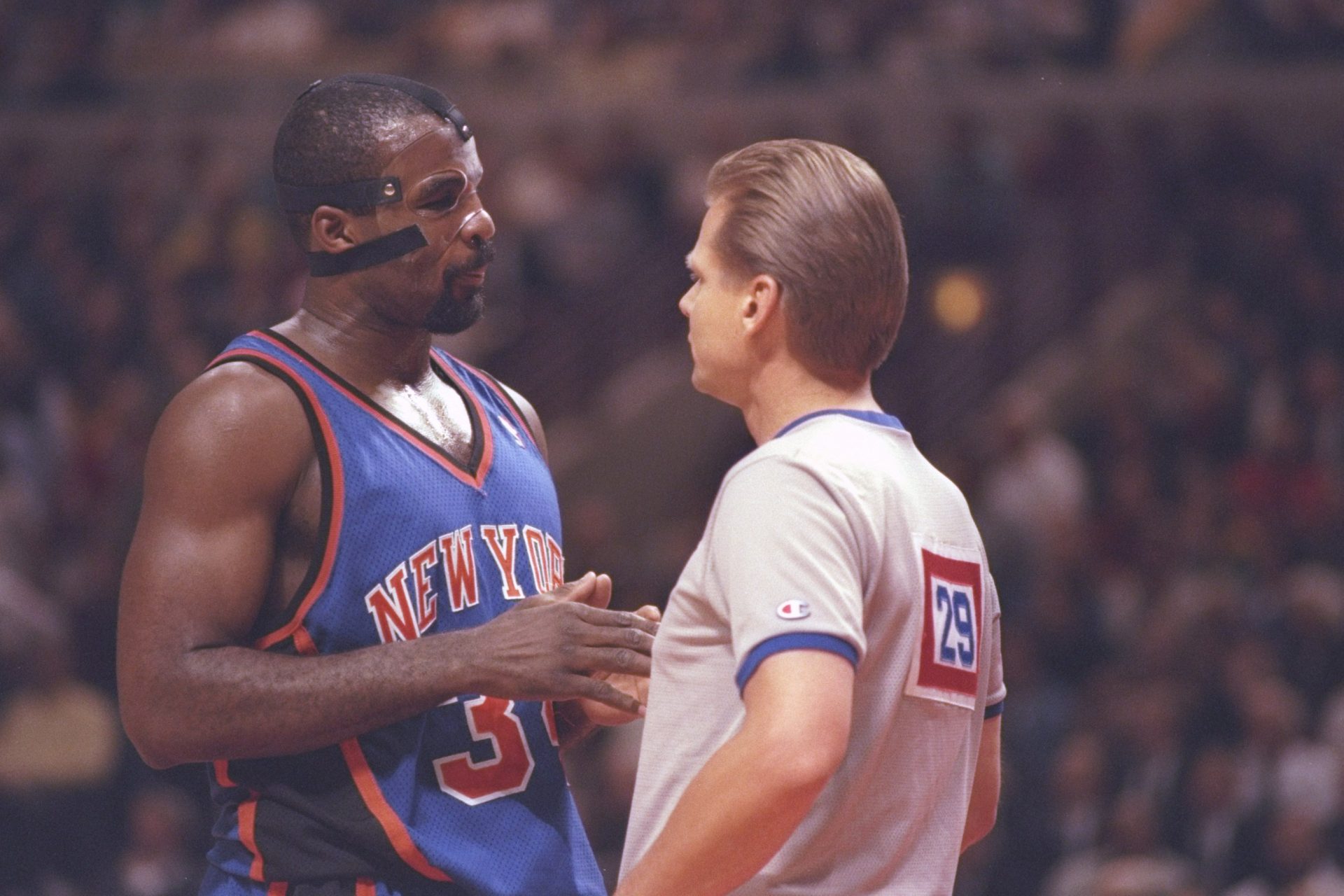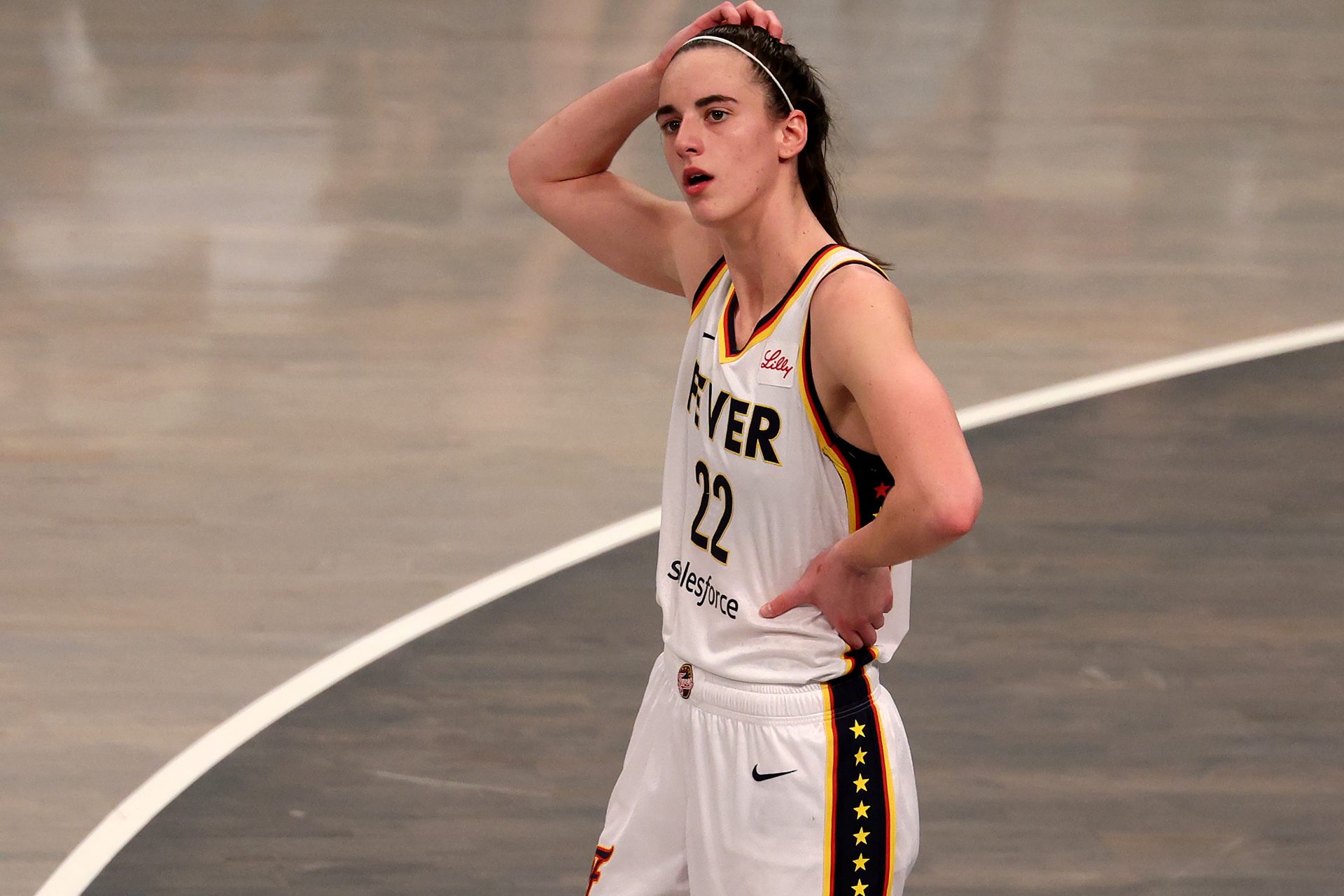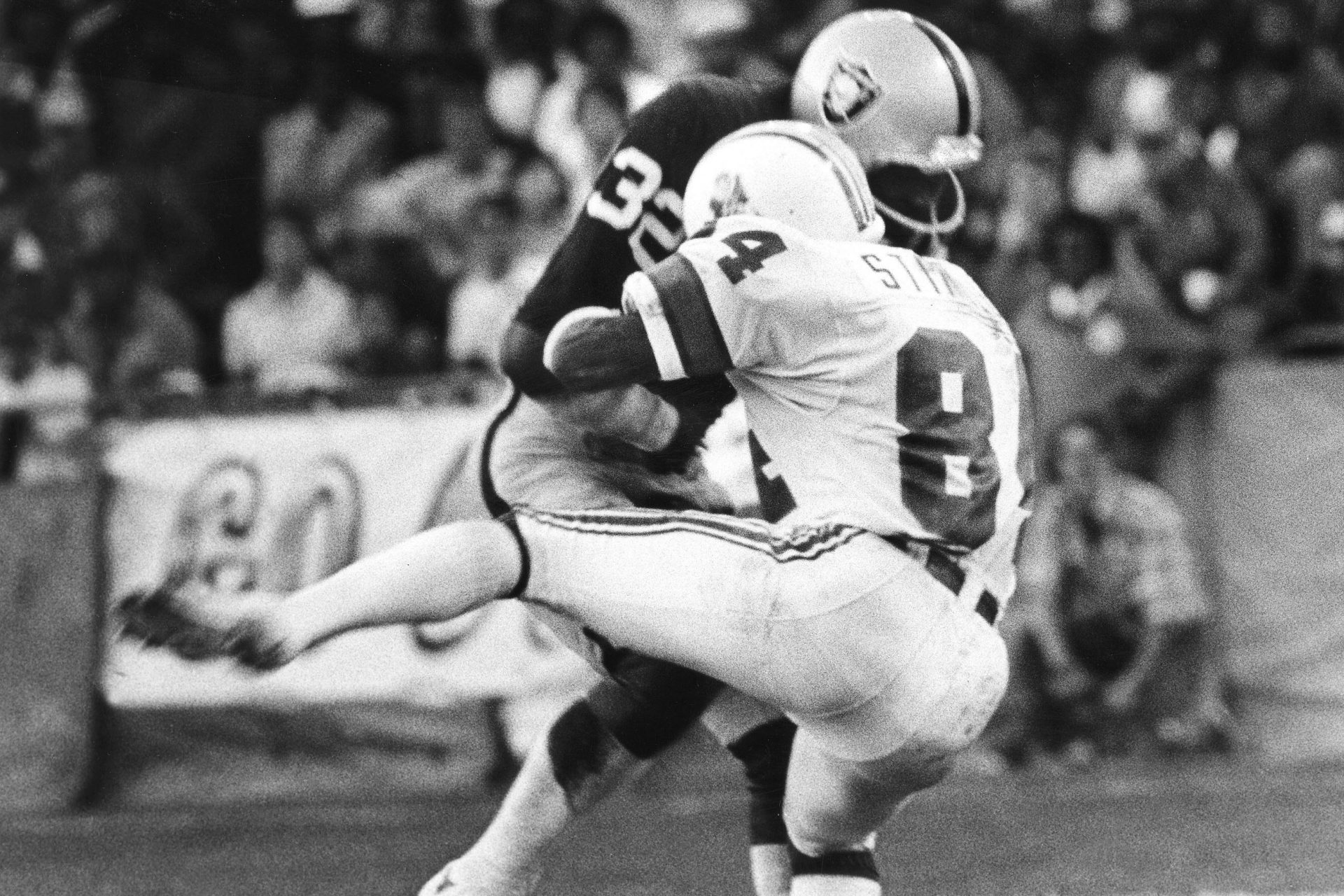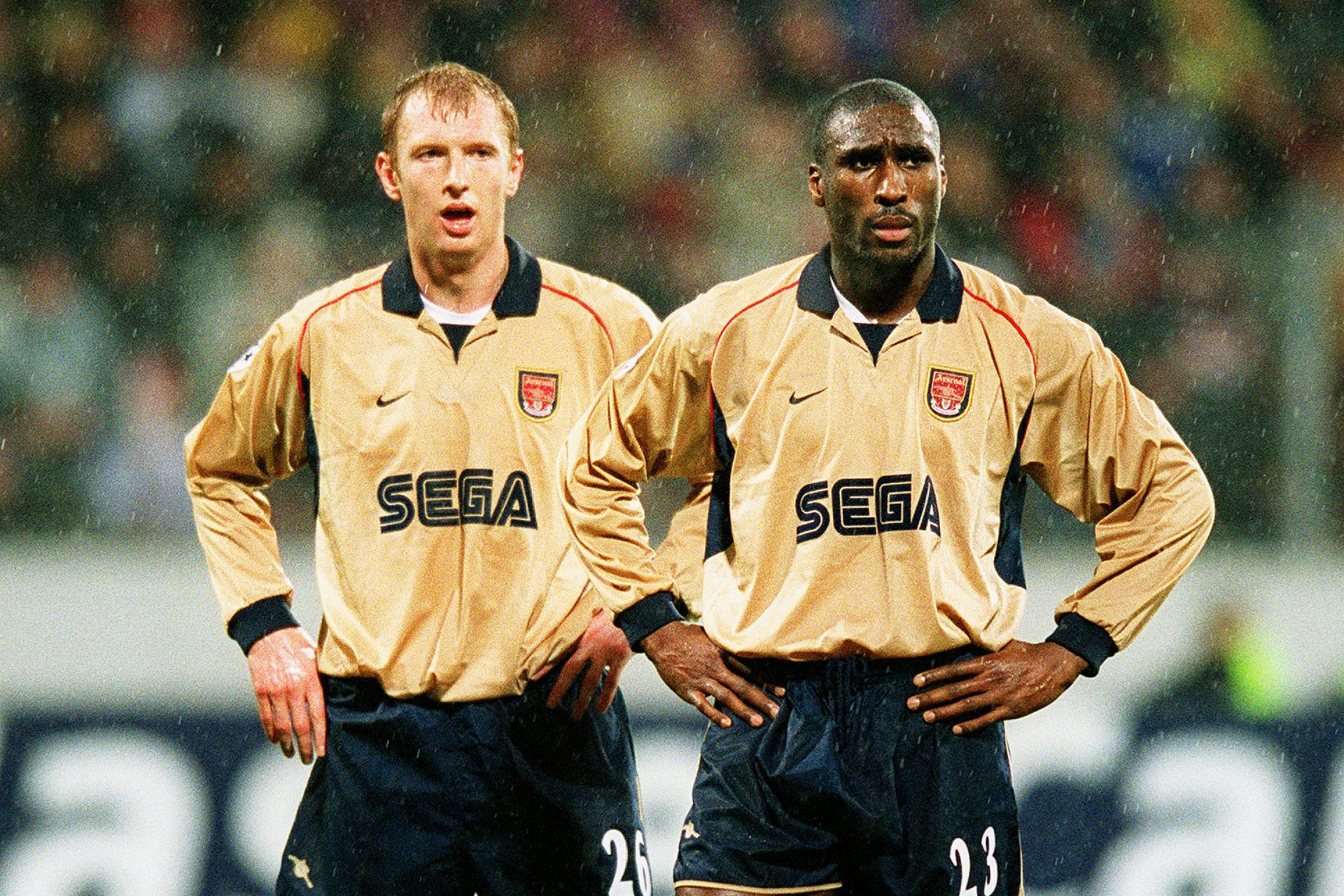Bountygate: The black mark against the Saints’ Super Bowl success
During the late 2000s and early 2010s, the New Orleans Saints were one of the most feared teams in the NFL. With Hall of Fame-bound Drew Brees under center and a plethora of stars on the defensive side of the ball, they needed little help in taking home the Lombardi trophy, which they did in 2009.
Unfortunately, not long after they did so, it was revealed a series of illegal payments had been made to defensive players who injured specific members of the opposing offense. This ‘bounty’ program will forever be a black mark against the Saints and the NFL writ-large.
The practice of placing bounties on opponents is as old as professional football but has long been frowned upon by the league.
As we previously mentioned, the Saints were already one of the best teams in football during the 2009 season and were one of the Super Bowl favorites. There was little shock when they beat the Minnesota Vikings in the NFC Championship game, especially after Vikings QB Brett Favre was injured and clearly playing below his usual level.
Following the injury to Favre, several Vikings players and coaches started to suspect the Saints were intent on deliberately injuring their star quarterback. The hit that took Favre out the game, albeit briefly, was a classic high-low shot from two Saints players.
Following the game, the NFL vice president of officiating Mike Pereira described the hit on Favre as, “the type of hit we don't want”.
Following the game, Vikings coach Brad Childress claimed Favre had been hit at least 13 times in a manner that suggested the Saints were out to injure him.
One Vikings coach pointed the finger directly at Saints defensive coordinator Gregg Williams, claiming he would, “punch [him] in the face,” the next time he saw him.
Following these accusations, the NFL opened an investigation into the Saints to discover if there had ever been a concerted effort to injure opposing players.
The NFL investigated the Saints for over two years and found almost nothing, with Saints players and coaches denying any knowledge of a bounty program or anything similar occurring.
This was despite Mike Cerullo, a former Saints staffer, giving evidence against his former team, revealing a bounty program had been ongoing, starting in 2009 and never stopping. Cerullo told the league he had documents tracking each bounty payment and which players were involved.
Players and coaches pooled their money, which was then handed out in bonuses for every big hit or injury caused to an opposing player. Payments could reach up to $1,500 if a player was forced off the field on a medical cart. All of this was overseen by Gregg Williams, who ran the Saints defense for three seasons from 2009-11.
Late in 2011, the NFL concluded its investigation into the Saints and their bounty program, claiming they had found, “significant and credible new information,” that a bounty program existed.
The NFL poured over 18,000 documents in their investigation and found that Gregg Williams had begun the bounty program shortly after joining the Saints in 2009. Up to 27 players were involved including long-time Saints Jonathan Vilma.
The Saints were specifically targeting opposing quarterbacks, with evidence suggesting they had attempted to injure Aaron Rodgers, Cam Newton, and Matt Hasselbeck to name just a few.
The NFL handed out harsh punishments to those involved, including banning Williams indefinitely. The Saints head coach Sean Payton was given a season-long ban, whilst the team lost their second-round draft picks in both 2012 and 2013 and was fined $500,000.
Whilst the NFL portioned most of the blame on the coaches, some of the players involved were banned too. Jonathan Vilma was suspended for the entire 2012 season, with other players involved missing anywhere between three and eight games.
More for you
Top Stories



